
Eve
A hand-painted replica of Lucas Cranach the Elder’s masterpiece Eve, meticulously crafted by professional artists to capture the true essence of the original. Each piece is created with museum-quality canvas and rare mineral pigments, carefully painted by experienced artists with delicate brushstrokes and rich, layered colors to perfectly recreate the texture of the original artwork. Unlike machine-printed reproductions, this hand-painted version brings the painting to life, infused with the artist’s emotions and skill in every stroke. Whether for personal collection or home decoration, it instantly elevates the artistic atmosphere of any space.
Lucas Cranach the Elder, a prominent German Renaissance painter, created several works depicting the biblical figure Eve. One of his notable paintings is simply titled "Eve." Cranach was known for his distinctive style that combined elements of the Northern Renaissance with his own unique approach to religious and mythological subjects.
"Eve" by Lucas Cranach the Elder is part of a series of works that explore the theme of Adam and Eve, a popular subject during the Renaissance due to its religious significance and the opportunity it provided artists to explore the human form. Cranach's depiction of Eve is characterized by his typical attention to detail, use of vibrant colors, and the incorporation of symbolic elements.
In this painting, Eve is often portrayed in a naturalistic setting, surrounded by lush foliage and accompanied by various animals, which are emblematic of the Garden of Eden. Cranach's Eve is typically depicted as a nude figure, a common practice in Renaissance art that allowed artists to demonstrate their skill in rendering the human anatomy. The portrayal of Eve in this manner also reflects the Renaissance interest in classical antiquity and the humanist ideals of beauty and proportion.
Cranach's Eve is frequently shown holding an apple, a symbol of the forbidden fruit from the Tree of Knowledge, which plays a central role in the biblical story of the Fall of Man. This element serves as a reminder of the narrative's moral and theological implications, emphasizing themes of temptation, sin, and redemption. The presence of the serpent, often depicted coiled around the tree or interacting with Eve, further reinforces the story's cautionary message.
Lucas Cranach the Elder's work is distinguished by his ability to blend religious themes with a sense of realism and human emotion. His depiction of Eve is no exception, as it captures both the innocence and the complexity of the biblical character. Cranach's skillful use of color and composition draws the viewer's attention to Eve's expression and posture, inviting contemplation of her role in the narrative.
Cranach's paintings, including his depictions of Eve, were highly influential during his lifetime and continue to be studied and admired for their artistic and historical significance. His work reflects the broader cultural and intellectual currents of the Renaissance, as well as the specific religious and social context of 16th-century Germany.
Today, Cranach's "Eve" can be found in various art collections and museums, where it is appreciated not only for its aesthetic qualities but also for its contribution to the rich tapestry of Renaissance art. The painting serves as a testament to Cranach's enduring legacy as one of the foremost artists of his time, whose work continues to captivate audiences with its beauty and depth.





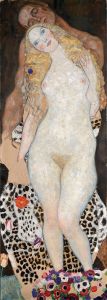
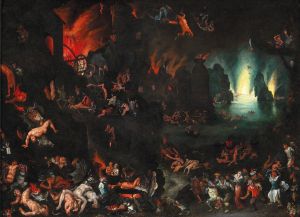

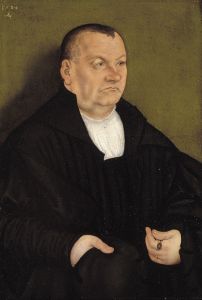
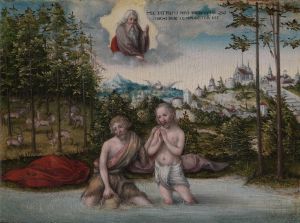
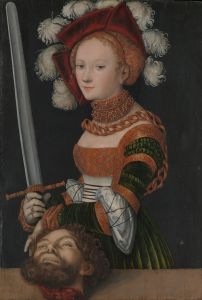
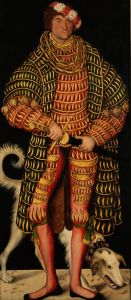
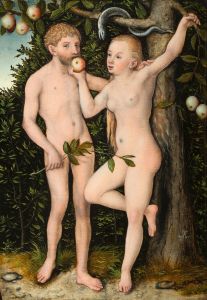
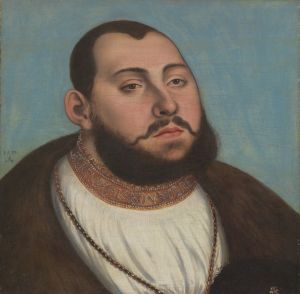
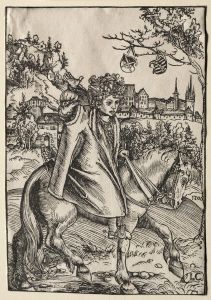
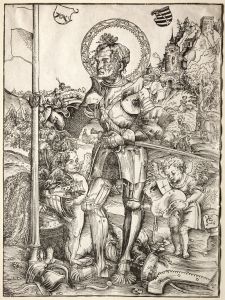
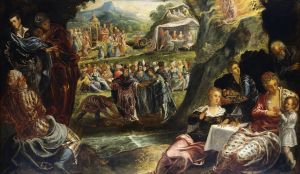
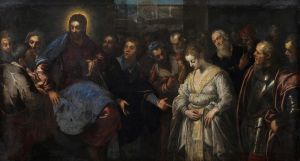
![After Vice Comes Fornication [Simpleton]](/imgs/264583/s/francisco-de-goya-after-vice-comes-fornication-simpleton-880a5769.jpg)